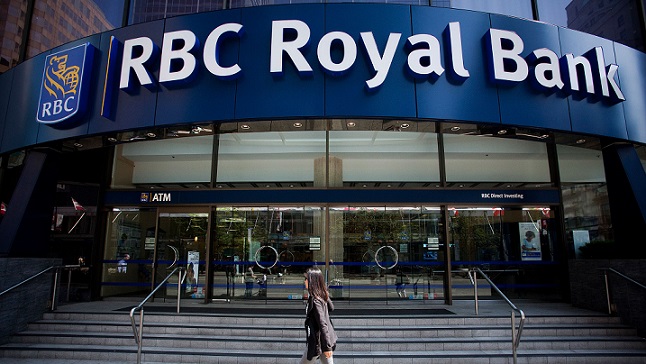
Royal Bank of Canada reports record Q3 earnings, up 21% on broad-based growth
Net income for the quarter ending July 31, 2025, rose to $5.4 billion, a 21% increase from the prior year.
TORONTO: The Royal Bank of Canada (RBC) reported record third-quarter net income on Wednesday, driven by strong growth across its business segments despite a backdrop of global trade uncertainty and rising tariffs. The bank’s performance was bolstered by its diversified business model, solid capital position, and strategic investments.
Net income for the quarter ending July 31, 2025, rose to $5.4 billion, a 21% increase from the prior year. Diluted earnings per share (EPS) also saw a significant jump of 21% to $3.75. Adjusted net income was $5.5 billion, up 17% from a year ago.
“This quarter’s record results demonstrate RBC’s relentless, long-term focus on our clients and our commitment to delivering on the bold growth ambitions we laid out at our recent Investor Day,” said RBC President and CEO Dave McKay. “We saw strong growth across each of our business segments reflecting the strength of our diversified business model.”
Financial Highlights
The record results were propelled by a 29% increase in pre-provision, pre-tax earnings to $7.8 billion. This was primarily due to a surge in revenue from Capital Markets, led by its Corporate & Investment Banking and Global Markets divisions. Higher net interest income in Personal and Commercial Banking, reflecting strong loan volume growth and wider spreads, also contributed significantly.
Wealth Management saw higher fee-based revenue, benefiting from market appreciation and net sales. These gains were partially offset by increased variable compensation and continued investments in technology and talent.
RBC’s capital position remains strong, with a Common Equity Tier 1 (CET1) ratio of 13.2%, well above regulatory requirements. The bank returned $3.1 billion to shareholders through dividends and share buybacks during the quarter.
Economic Outlook and Risk
The bank’s economic review highlighted the lingering risks from global trade policies, particularly U.S. tariffs. While the outlook for most advanced economies, including Canada and the U.S., remains positive, growth is expected to slow.
RBC’s forecast assumes that existing U.S. tariffs will remain in place until the fourth quarter of 2025 before easing in 2026. The bank noted that U.S. tariff rates have increased since April, with the U.S. Federal Reserve expected to resume cutting interest rates in December to counter a potential economic slowdown.
In Canada, the bank expects economic growth to remain slow for the rest of the year, with the unemployment rate projected to rise slightly. The Bank of Canada is not expected to cut rates further this year after a reduction in January to 2.75%, which it considers a neutral level.
The bank also cited other significant risks to the global economy, including geopolitical conflicts, fiscal deficits, and diverging monetary policies. However, it believes its diversified business model helps mitigate these uncertainties.